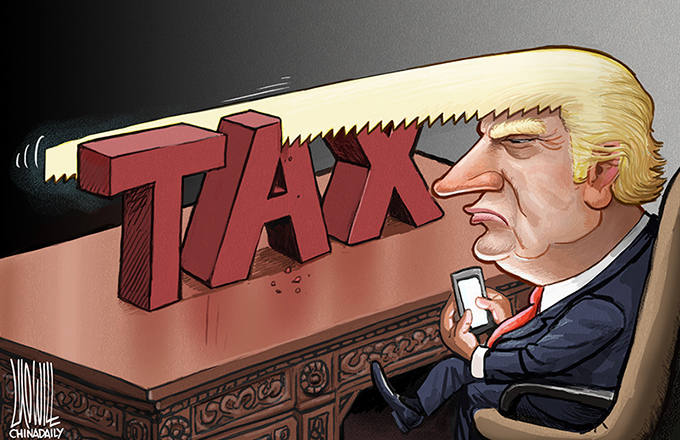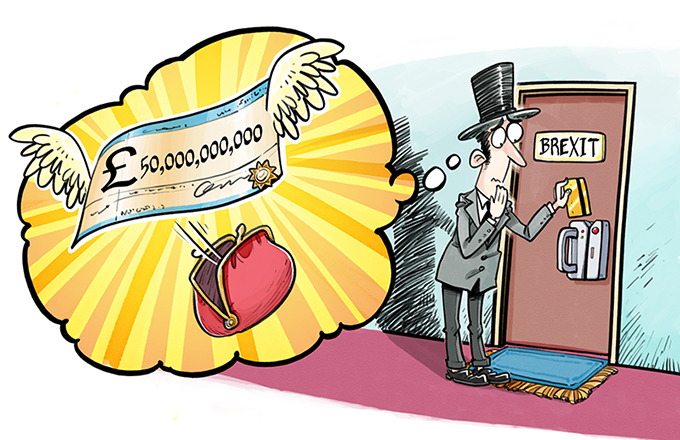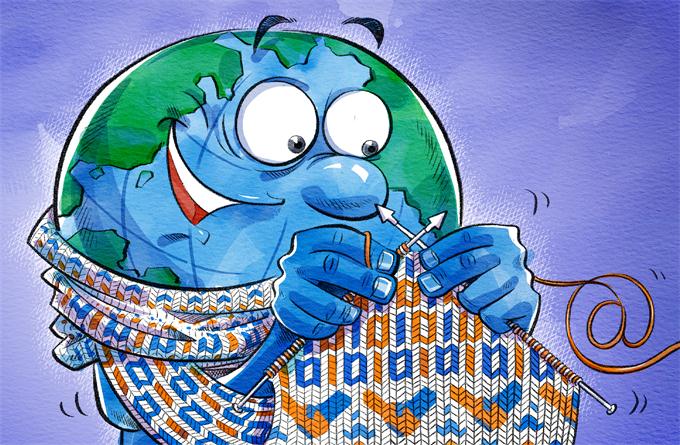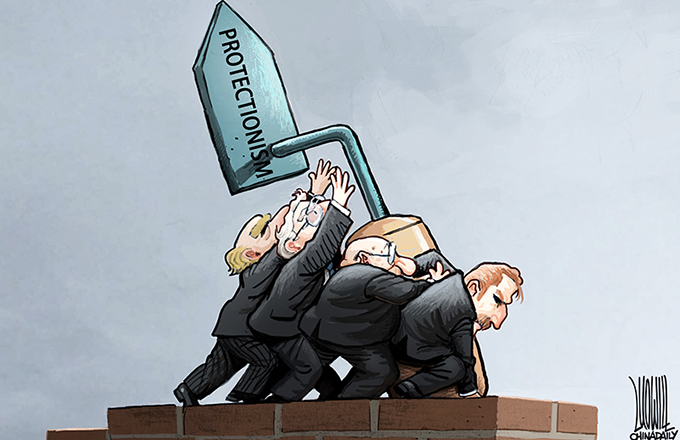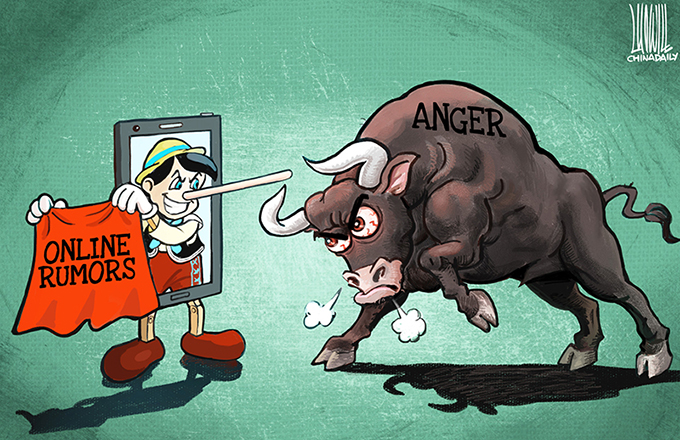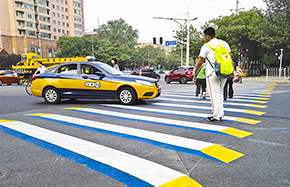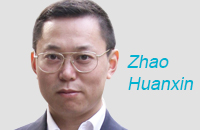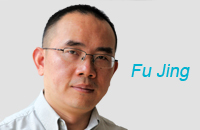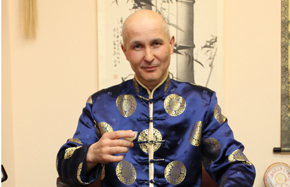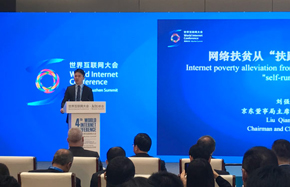Change Expo to better showcase China
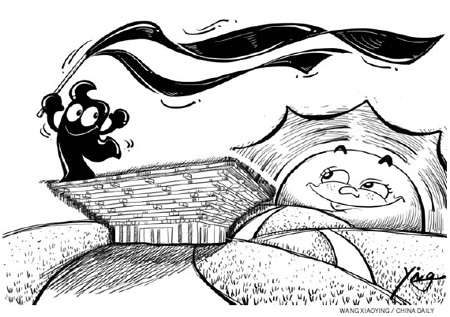
In the 1970s, Japan broke the stereotype that Asian countries could only produce goods inferior in quality to those made in Europe. By the time China's economy began developing at a fast pace in the 1980s, the world had accepted that Japanese goods were as good as, if not better than, those made in Europe and North America.
Soon, South Korea followed in the footsteps of Japan. By the 1990s, South Korean companies were wresting larger market shares from their competitors in the United States and the European Union, and reaching levels that only their Japanese counterparts in Asia had scaled before.
Even in the 1990s, when the Chinese economy was growing at an unprecedented rate, the international perception was that China only did the basic work and it was for others to put the finishing touches and "add quality" to them. Chinese enterprises were almost always thought to be working on behalf of foreign companies, even though many foreign brands were being made in China.
But unseen by most of the outside world, a silent revolution was taking place in the country, a transformation that gained new life when President Hu Jintao assumed the country's leadership in 2002. For the next five years, Hu and his team built on the immense brainpower of Chinese people to fashion a research & development establishment. That has made China one of the foremost technology innovators in the world today. Such has been China's impact on the world that even the US is looking to source technology from it now, for example, in the design and manufacture of high-speed railways.
Today, Chinese companies such as Huawei have become leaders not only in quantity but quality, and their products often cost as much as 30 percent less than that of their closest global competitors.
The only other Asian country (besides the existing leaders) that is becoming a significant presence in the international market is India, both because of its own brands (for example, in the IT industry) and through the purchase of foreign companies. The purchase of the United Kingdom's Jaguar and Land Rover by India's Tata group and the taking over of European steelmaker Arcelor by L.N. Mittal, an Indian national who built rather than inherited his fortune, are just two examples.
But China is far ahead of India and is likely to remain so for decades to come. China overtook the UK in 2006, Germany 2007 and, according to media reports, is said to have overtaken Japan this year in GDP. At this rate, China is expected to be the world's largest economy before 2025.
Blessed with a vibrant people, China has shown the world that it can develop the requisites of "hard power" efficiently. But unfortunately it has been unable to project its "soft power".
Compared with the US, China's military involvement in conflicts across the world has been near zero after it launched its reform and opening-up policy. In contrast, the US has jumped into (or created) several conflicts. It is still embroiled in Afghanistan and, to a lesser extent, Iraq. Yet it is China that the world loves to call a militaristic country.
Many within the international community still refuse to believe that the home to Hollywood and the birthplace of jazz and modern dance can be anything but peace loving.
If the many cultural and other gifts that Chinese people have given to the world were better known abroad, China could have project its "soft power" better.
To ensure harmony in the international arena, China has to strike a balance in projecting its hard and soft powers. It is in this context that we should see the 2010 Shanghai World Expo, which has given an immense boost to the confidence of Chinese people.
The Shanghai Expo is the world's biggest and the best-organized. So instead of dismantling it after this month, as planned, China needs to re-fashion it into a "New China at the New World Expo" to educate Chinese people as well as foreigners about the many dynamic changes taking place in the country today. For example, some of the exhibitions can be about the various important products China is making and the great role its people have played in such endeavors.
The progress China has made in science and technology should be showcased, too, highlighting the contribution of the unseen and silent researchers and staff members who have contributed to the success of missions such as the lunar probe.
China is such a huge a country that even foreigners living in its cities for months may not be able to experience the changes taking place within its borders. Hence, the "New China at the New World Expo" can present snapshots of this complex land and the achievements of its people.
Of course, the 5,000 years of China's history needs to be part of the "New Expo". It is important to display the historical errors, too, such as a Ming Dynasty (1368-1644) emperor's decree banning intercontinental sea voyages by Chinese fleet about six centuries ago (that helped Europe to overtake China as the primary civilization), and the evil effects of feudalism and the perils of the disunity brought about by warlords.
Culture is as important as any of the historical, scientific or economic achievements. Along with exhibits that showcase (and present) classical Chinese opera, dance, literature, art and music, there has to be venues where singers and opera artists can display their talents. The new expo can thus be a platform to discover hidden talents, too.
The international section could show how China has entered the DNA of every continent, for instance, by providing inexpensive but essential products. The "New China at the New World Expo" can become a permanent testament of China's integration with the rest of the world and about the ancient country climbing back to the front rank of the international order. The 2010 Shanghai World Expo does not need dismantling, instead it needs change, the same change that is taking place across China.
The author is vice-chair, Manipal Advanced Research Group, and UNESCO Peace chair and professor of geopolitics at Manipal University, India.
(China Daily 10/29/2010 page9)


